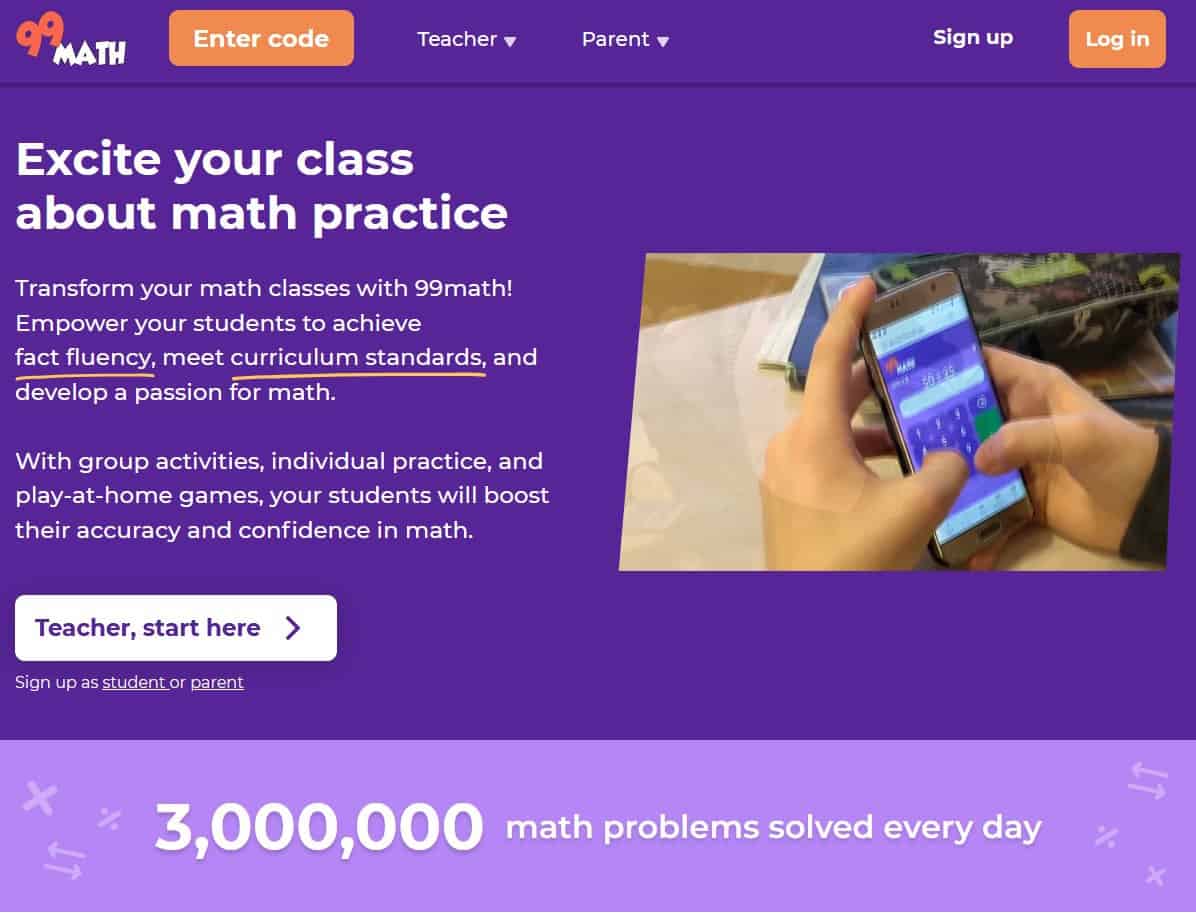Trends That Are Primed To Drive eLearning In 2022 And Beyond

We’ve seen the unnaturally rapid rise of eLearning as the preferred way of learning and training in the last couple of years. Educators and corporations have quickly adapted to eLearning, well outpacing any earlier expectations, in order to assist students and employees in continuing their learning journeys.
The unexpected halt in traditional learning methods as a result of Covid-19’s shutdown has produced a rapid shift in the tides. Many additional advantages of eLearning or online learning include adaptability in the learning experience, enhanced interactivity and engagement, real-time tracking, effective feedback loops, cost-effectiveness, and so on.
eLearning has taken center stage in many industries, in aiding their onboarding, training, and other learning endeavors. An example of the application of eLearning is the rise of the use of eLearning modules to train sales teams in companies. You can read more about the same.
eLearning is a great illustration of how technology can improve and change our lives. The trouble with technology is that it evolves and creates new trends at a rate that is impossible to predict. As a result, eLearning will continue to grow and change over time, and in order to get the most out of it, one must be aware of the most recent and impending trends.
In the online learning environment, there are a number of rising trends one must keep themselves updated with to keep the learning experience fresh, interesting, and relevant to the times. In this post, we’ll go over some of the most important eLearning trends so you’ll be prepared for what’s ahead.
1. Live Training and Webinars are Becoming Increasingly Popular
Virtual classrooms are well-known for their flexibility and ease of access. Howerverm current trends reveal that, while ease of access is unavoidable, live classrooms and live training sessions are gaining appeal, even if they do so at the expense of flexibility.
Real-time learning instills an eagerness in students, encouraging them to pay more attention in class and during training. Live learning is growing in popularity and will soon become a critical component of the eLearning process, thanks to the ability to resolve doubts on the spot and increased agility.
2. AI is Increasingly Assisting Learning
Artificial intelligence has infiltrated our daily lives in a variety of ways, and learning is no exception. Educators and trainers may now create learning modules more easily with the help of AI-driven learning tools.
These systems include more advanced features for analyzing student data and tracking the learning process in real-time. AI and machine learning are used in grading systems, notification management, survey data compilation, and other similar applications.
AI-based learning has benefited the business and healthcare industries the most because it speeds up repetitive activities and allows specialists to focus on more technical areas that require human participation. As time goes on, the trend is simply going to get stronger.
3. Rise of Microlearning
Microlearning platforms have become increasingly popular and a part of the eLearning zeitgeist as a result of the pandemic. Moreover, it will continue to do so as a useful tool for learners. This will make it simple to learn in bite-sized chunks that have a big impact.Several microlearning platforms are currently attempting to help learners quickly engage with subjects and learn successfully. Courses and gamification are used by several eLearning platforms to make learning more entertaining.
Intuitive reports, paced repeats, analysis, gamification, and other methods can be used for fast feedback and repair. Businesses are increasingly likely to implement microlearning systems for educators, frontline personnel, sales teams, and customer-facing employees in 2022 and beyond.
4. Mobile-First Learning
In the digital and smartphone era, learners are mobile and adaptable. And so should be eLearning. Over time, we easily adapt to new technology, and online courses are no exception.
Users are increasingly using their mobile devices for learning, as smart gadgets are convenient and accessible for completing a variety of tasks. From studying to grocery shopping and bill payment, playing video games, or watching Youtube, mobile learning is limitless and fun. As a result of this, students have easier access to study resources and have better learning experiences.
Learners are drawn to mobile eLearning experiences because they do not want to sit through extended training sessions. With decreasing focus and attention spans, eLearning requires a more engaging medium, and mobile-first is the ideal alternative for offering decent experiential learning when combined with entertainment.
5. The use of Augmented Reality and Virtual Reality is Becoming more Common
Because online learning has considerably increased interactiveness and involvement in the learning process, students now anticipate more of it. AR (augmented reality) and VR (virtual reality) are slowly but steadily becoming widespread in online learning to improve the immersive experience.
AR blends real-world components with virtual features projected on top to create a unique digital experience. VR, on the other hand, transports the learner to an entirely new digital environment. Both technologies have an infinite scope, and as their efficacy improves, they will undoubtedly make inroads into the learning process.
6. Personalized Learning is Becoming More Common
The concept of personalization has been incorporated into the learning process with eLearning. Because of the personalized learning outcomes and an overall increase in engagement, learners have welcomed it with open arms. However, given the real-world ramifications, what began as an experiment is quickly becoming the standard.
Personalized learning aids in the removal of individual shortcomings, the resolution of personal doubts, the strengthening of one’s strengths, and, as a result, a significant improvement in how learning is addressed.
7. Learning Analytics and Applications are Getting Better
Data has always been a precious commodity, and the learning industry has recently recognized its value. Educators have more influence over the learning process when they have accurate analytics.
As previously noted, AI and machine learning have made data analysis more effective and mistake-free, giving educators and trainers the most up-to-date information on a student’s progress.
Conclusion
These are the online learning trends that will shape the future of learning in the coming years. You must pay attention to them and make the necessary preparations!




